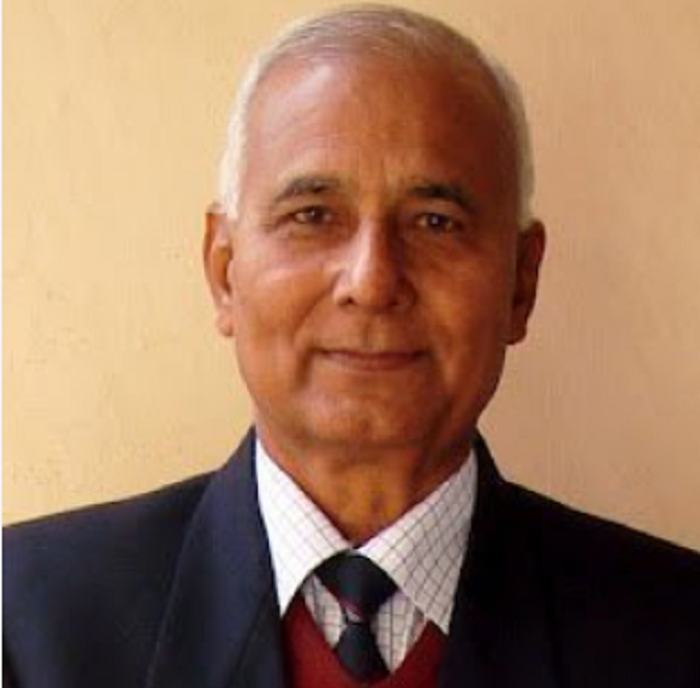SR Darapuri, National President, All India Peoples Front
(Asian independent) The socio-economic and political situation of Dalits in Uttar Pradesh (UP), India, is complex, marked by persistent challenges rooted in historical marginalization, evolving political dynamics, and uneven progress in socio-economic conditions. Below is a detailed overview based on recent reports and analyses:
Socio-Economic Situation
- Economic Marginalization:
– Poverty and Landlessness: Around 80% of Dalits in India live in rural areas, and in UP, approximately 42% of Dalit families are landless, relying on manual labour for survival. Economic exploitation remains a significant issue, with Dalits often working as marginal farmers or landless labourers. A 2012 study noted that Dalit workers earned 17% less than non-Dalit workers on average.
– Poverty Rates: Over 50% of Dalits in UP, both Hindu and Muslim, live below the poverty line, compared to 20% or less for upper-caste groups. Wealth inequality is stark, with sub-caste disparities further complicating economic mobility.
– Education and Employment: There has been a 51% increase in education and employment levels among Dalits, contributing to growing assertiveness. However, access to quality education remains limited, particularly in UP’s overcrowded and under-resourced systems, exacerbating socio-economic gaps.
- Social Challenges:
– Caste-Based Discrimination: Despite legal protections, caste-based violence and discrimination persist. Recent incidents in UP, such as attacks on Dalit families for hosting weddings in marriage halls or processions, highlight ongoing social exclusion.
– Untouchability and Social Norms: While some political movements claim to oppose untouchability, the caste system itself remains deeply entrenched, limiting Dalits’ social mobility and access to resources.
Political Situation
- Shifting Political Allegiances:
– Decline of BSP: The Bahujan Samaj Party (BSP), historically a stronghold for Dalit voters under Mayawati, has seen a decline in influence. Dalit votes are now fragmented among the Samajwadi Party (SP), Bharatiya Janata Party (BJP), and newer players like Chandrashekhar Azad’s Azad Samaj Party, making Dalit politics more contested.
– Shift Toward BJP: Some Dalit sub-groups, particularly non-Jatav Dalits (around 11% of UP’s electorate), have shifted support to the BJP-led National Democratic Alliance (NDA), driven by Hindutva appeals and dissatisfaction with BSP’s stagnation. However, this shift often aligns with demands for equality rather than full endorsement of the caste system)
– Emerging Dalit Leadership: Leaders like Chandrashekhar Azad are gaining traction, signalling a post-BSP phase with new forms of Dalit assertiveness. This reflects growing political awareness, particularly in electoral politics. In Uttar Pradesh itself, the All India People’s Front (AIPF) has also been working among the Dalits and tribals for a long time and has also established its base in Purvanchal.
- Caste-Based Political Tensions:
– In rural UP, conflicts between landless Dalit castes and land-rich upper castes are often political rather than purely economic, with caste identities shaping power dynamics.
– Political rhetoric around Dalit rights remains prominent. For instance, Congress leaders like Rahul Gandhi have emphasized caste-based disparities in budget participation, advocating for a caste census to address underrepresentation.
- Dalit Movements:
– Dalit consciousness movements in UP have evolved, transitioning from traditional protests to more organized political and legal advocacy. Educated Dalits are increasingly mobilizing against upper-caste dominance, leveraging education and employment gains.
– However, policies like mandating nameplates on food shops along the Kanwar route have sparked concerns about caste-based exploitation, disproportionately affecting Dalit/Muslim vendors.
Regional Context: Uttar Pradesh
– Demographic Weight: UP has a significant Dalit population, with Auriya district noted for having the second-highest Scheduled Caste population in the state. This demographic weight makes UP a critical battleground for Dalit politics.
– Health and Social Status: Studies in UP show that economic and social status significantly influence Dalit health outcomes, with persistent disparities compared to upper-caste groups.
– Land Issues: Landlessness remains a critical issue, with only 2.93% of Dalits in UP owning significant land, limiting economic independence
Conclusion
Dalits in Uttar Pradesh face entrenched socio-economic challenges, including poverty, landlessness, and discrimination, despite gains in education and employment. Politically, the landscape is shifting, with the decline of BSP’s dominance and the fragmentation of Dalit votes among SP, BJP, and emerging leaders like Chandrashekhar Azad. While Dalit assertiveness is growing, supported by education and new political movements, systemic caste-based barriers and sporadic violence continue to hinder progress. For a deeper understanding, ongoing research into sub-caste dynamics and local policies is essential.
Courtesy: grok.com








